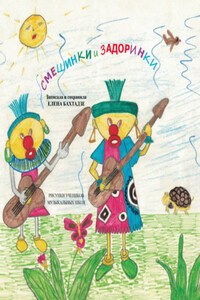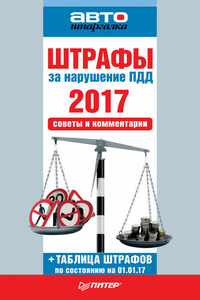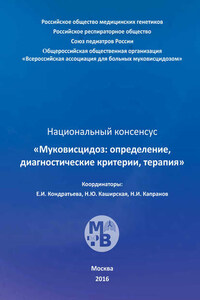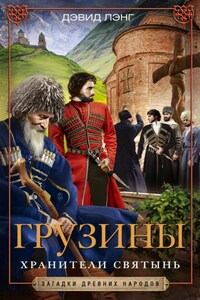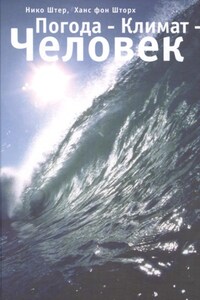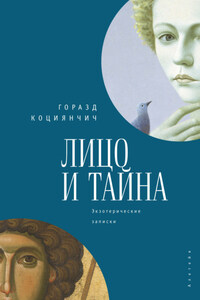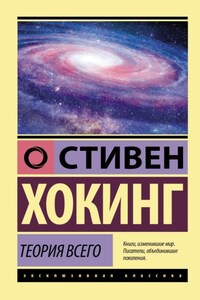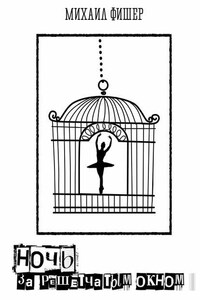Money, money circulation and credit
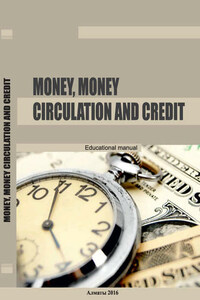
This еducational manual reviews the questions of money, credit and bank system theory and practice in our country. In particular the essence of money, money turnover, credit, money, credit and bank system of the state, the establishment and development of the bank system of our Republic, its functions and operations, the capital market, stock-market and international currency and credit relations development.
This еducational manual is published for students and lecturers of the economic universities.
And is also could be useful for credit and fi nancial system employees.
Any distribution of this work or its part without the author’s agreement or other actions which violate a copyright norms are prohibited and punished by law.
В учебном пособии рассматриваются вопросы теории и практики денег, кредита и банковской системы страны, в частности, сущность денег, денежное обращение, кредит, денежная, кредитная и банковская система государства, становление и развитие банковской системы республики, ее функции и операции, развитие рынка ценных бумаг, фондовая биржа и международные валютно-кредитные отношения.
Учебное пособие предназначено для студентов и преподавателей экономических вузов. Также оно может быть полезным работникам кредитно-финансовой системы. Любое распространение этой работы или ее части без согласия автора или других действий, которые нарушают авторское право, запрещены и караются по закону.



